L number plecos also known as loricariidae are an incredibly popular species among aquarium enthusiasts due to their unique appearance, behavior, and ability to help keep aquariums clean. They are a diverse group of freshwater fish that are native to South America, primarily in the Amazon River basin. In this blog, we will discuss what L number plecos are, their characteristics, care requirements, and some of the most popular species.
Characteristics of L number plecos:
L number plecos are known for their unique appearance. They have a flattened body shape and are covered in bony plates, giving them a armor-like appearance. They also have a sucker mouth, which they use to attach themselves to surfaces in the aquarium.
L number plecos come in a variety of colors and patterns, depending on the species. Some are solid black, while others are covered in spots or stripes. Their size can vary depending on the species, but most are relatively small, growing to only a few inches in length.
Care requirements:
L number plecos are relatively easy to care for, but they do have some specific requirements. They need a tank that is large enough to provide plenty of swimming space, as well as hiding places and caves where they can retreat when they feel threatened.
They are also sensitive to water quality and require clean, well-oxygenated water. This can be achieved by using a good filtration system and performing regular water changes.
L number plecos are primarily herbivorous and require a diet that is high in plant matter. This can include vegetables such as zucchini, spinach, and lettuce, as well as specialized algae wafers and pellets. However, there are some that are fully carnivore. Feeding is a very important aspect for keeping L-number plecos, so it is important to establish what your pleco feeding requirements are.
Most L number plecos are nocturnal and prefer to be active at night. Therefore, it is recommended to provide them with plenty of hiding places during the day, such as caves or pieces of driftwood.
Popular L number pleco species:
There are over 700 species of L number plecos, but some of the most popular among aquarium enthusiasts include:
L046 – The Zebra Pleco

The Zebra Pleco is one of the most sought-after L number plecos due to its unique appearance. It has a black and white striped pattern that resembles a zebra, hence its name. The Zebra Pleco is a small species, growing to only about 3 inches in length. It is relatively rare in the wild and can be quite expensive to purchase.It is illegal to export L046 out of Brazil.
The L046 pleco is known to be a bit more challenging to care for than some other aquarium fish species, as it requires a specific diet and water conditions to thrive. They require a well-filtered tank with plenty of hiding places. They are also sensitive to changes in water parameters and may require frequent water changes. L046 Zebra Plecos require warmer water than other fish to keep them comfortable.
In terms of diet, L046 plecos are primarily carnivorous and require a diet that includes high-quality meaty foods such as shrimp, crab, and other protein-rich foods.
L201 - The Orinoco Angle 
The L201, also known as the Snowball Pleco, is another popular species among aquarium enthusiasts. It is a small, peaceful species that is known for its unique white, spherical spots on a black body. The Snowball Pleco can grow up to 4 inches in length and is relatively easy to care for.
The Snowball Pleco is primarily carnivorous so should be feed shrimp pellets, blood worms, blackworms and Repashy blends They prefer a tank with plenty of hiding places and caves, as well as clean, well-oxygenated water. The Snowball Pleco is generally peaceful and can be kept with other peaceful fish species.
L168 - The Butterfly Pleco

The L168, also known as the Butterfly Pleco, is a midsize species that can get to around 6 inch's. They are known for their distinctive black and white striped pattern, which gives them a butterfly-like appearance.
The Butterfly Pleco is primarily herbivorous and will feed on a variety of plant matter, including vegetables and specialized algae wafers. They prefer a tank with plenty of hiding places and caves, as well as clean, well-oxygenated water. The Butterfly Pleco is generally peaceful and can be kept with other peaceful fish species, but may become territorial with their own kind.
L018 - Gold Nugget Pleco

The Gold Nugget Pleco, also known as the L018 or L177, is a highly sought-after species among aquarium enthusiasts. It is named for its unique bright yellow coloration and black spots, which give it a striking "golden nugget" appearance.
The Gold Nugget Pleco is native to the rivers and streams of the Amazon basin in South America, where it lives in rocky areas with fast-moving water. In the aquarium, they require a similar environment, with plenty of hiding places and rocks to mimic their natural habitat. They prefer clean, well-oxygenated water and are sensitive to changes in water quality.
In terms of diet, the Gold Nugget Pleco is primarily herbivorous and will feed on a variety of plant matter, including vegetables and specialized algae wafers. They may also consume small amounts of meaty foods, such as bloodworms or brine shrimp.
L140 - Big Band Tiger Pleco

The L140 Pleco, also known as the Big Band Tiger Pleco is a beautiful and popular species of catfish among aquarium enthusiasts. These fish are native to the Rio Xingu in Brazil and are known for their striking appearance, featuring stripes on a light brown or beige background.
In the wild, L140 Plecos can be found in rocky areas with fast-moving water. They prefer clean, well-oxygenated water with plenty of hiding places and rocks to mimic their natural habitat. In captivity, it is important to provide them with similar conditions to ensure their health and well-being.
These fish are primarily herbivorous and will feed on a variety of plant matter, including vegetables and specialized algae wafers. They may also consume small amounts of meaty foods, such as bloodworms or brine shrimp. It is important to provide a varied diet to ensure that they receive all the necessary nutrients for their health.
The L140 Pleco is a peaceful species and can be kept with other peaceful fish species. However, they may become territorial with their own kind, so it is recommended to keep them in a species-only tank or with other non-aggressive fish. They are also known for their ability to clean algae and other debris from tank surfaces using their sucker mouth.
In conclusion, L number plecos are a fascinating and diverse group of catfish that offer a wide range of colors, patterns, and behaviors to aquarium enthusiasts. From the beautiful and highly sought-after Gold Nugget Pleco to the striking Leopard Pleco, these fish can provide a stunning addition to any aquarium.
However, it is important to note that L number plecos require specific care and a proper environment to thrive. They can be sensitive to changes in water quality and may require a specialized diet, so it is essential to research each species before adding them to your aquarium.
Despite their unique requirements, the beauty and charm of L number plecos make them a popular and rewarding choice for fishkeepers. Whether you are a seasoned hobbyist or just starting out, these exotic catfish are sure to impress and delight.

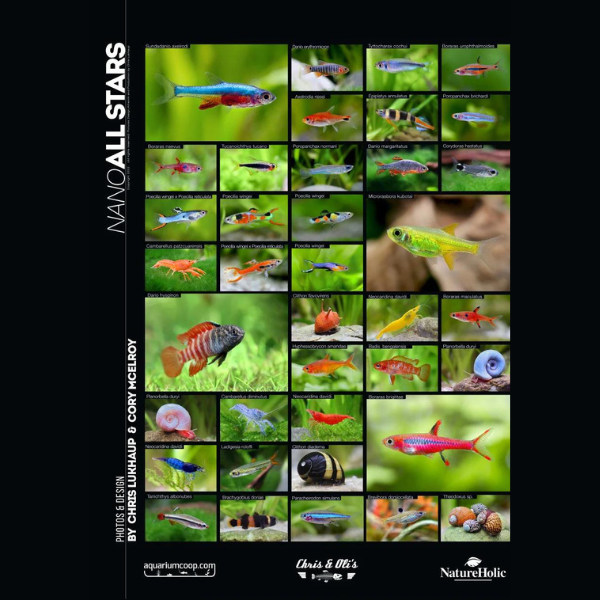
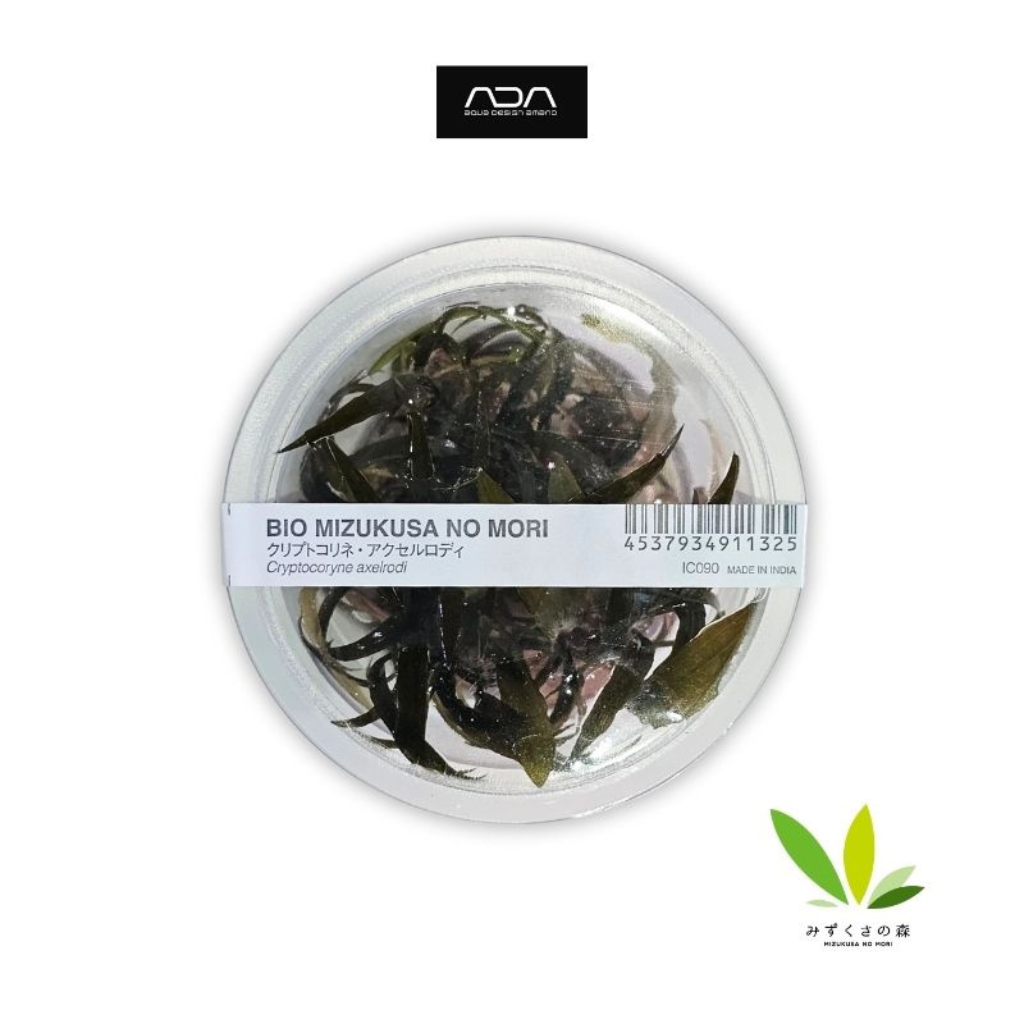
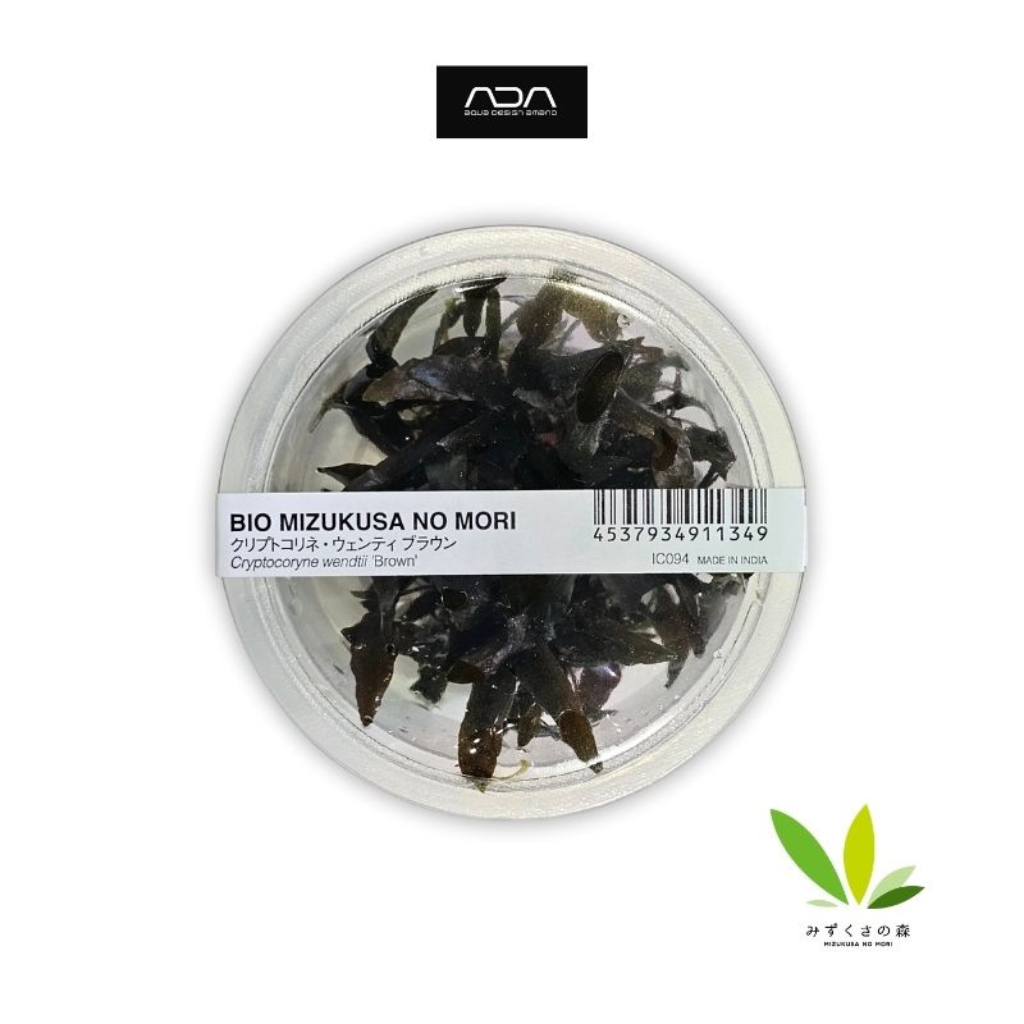
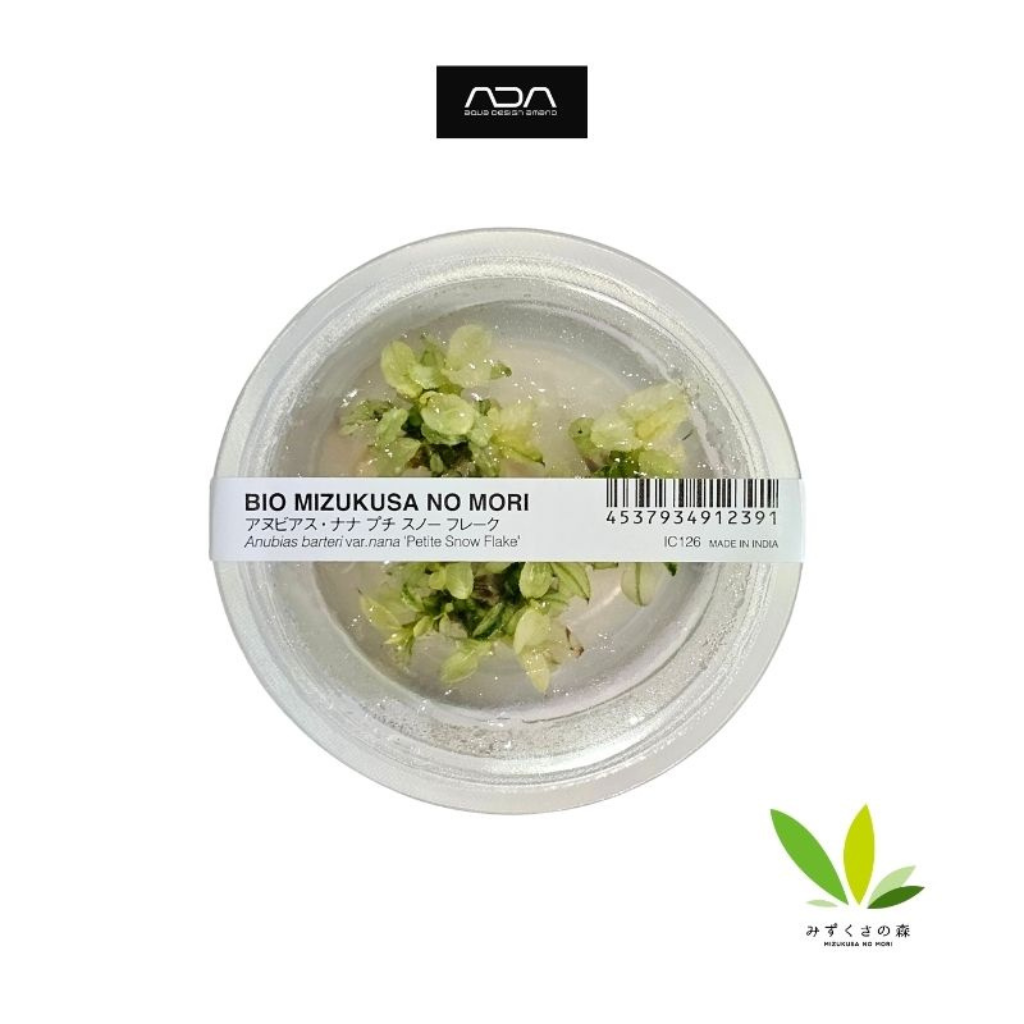

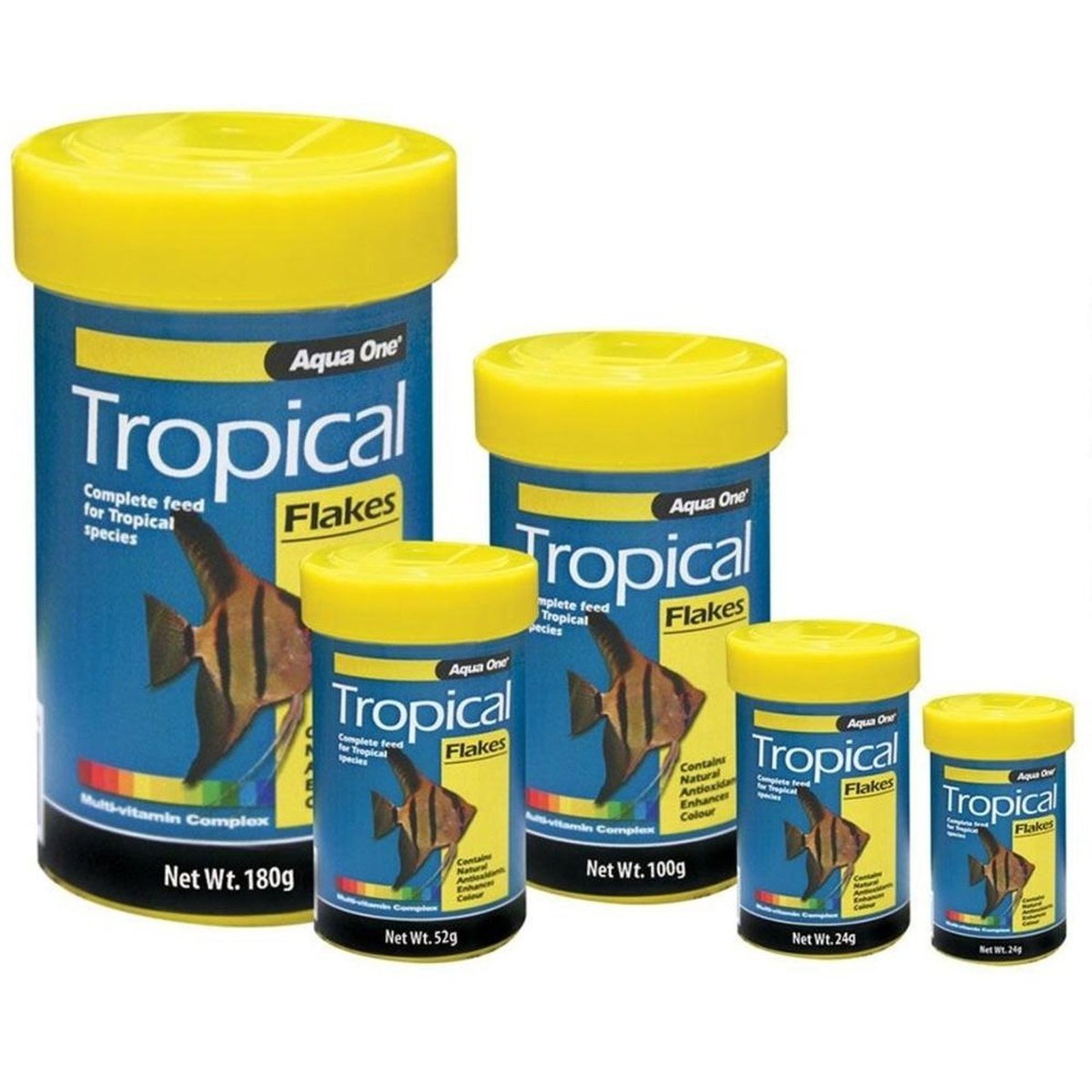
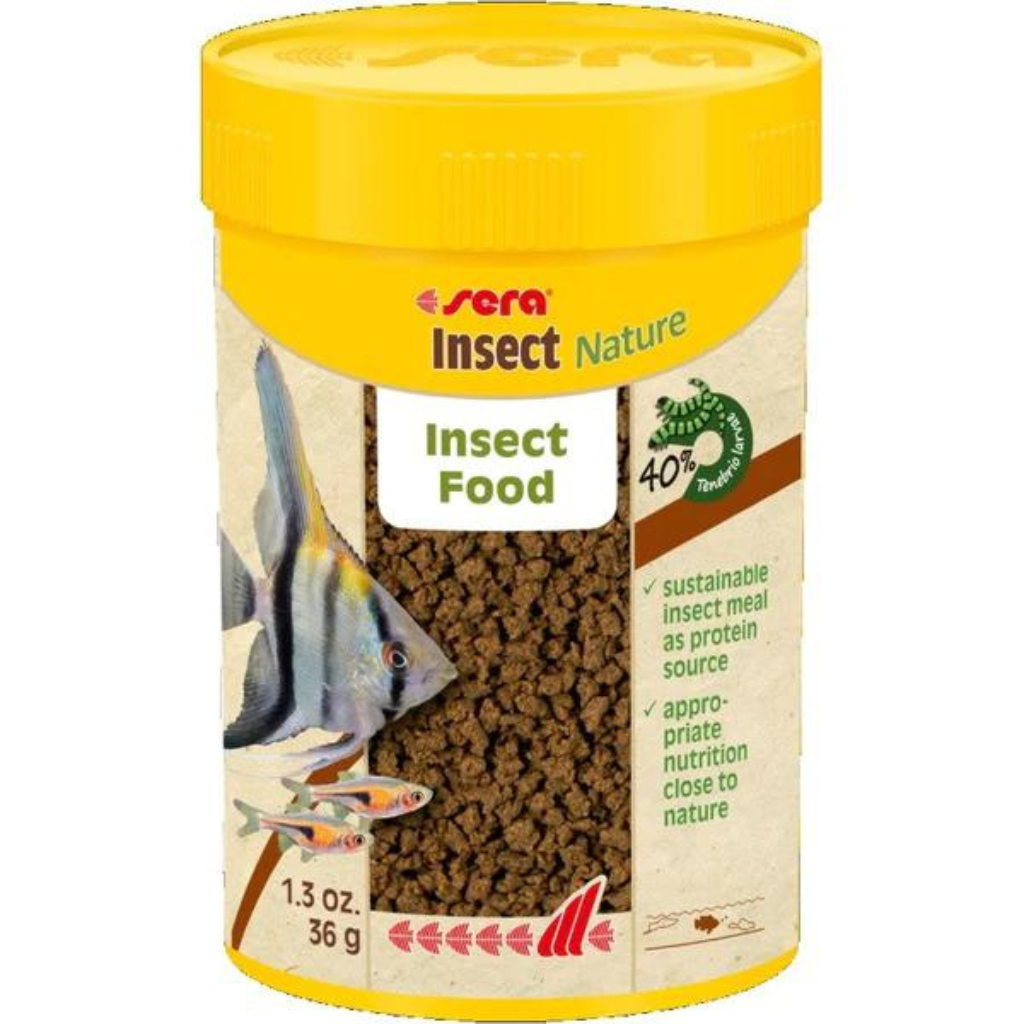






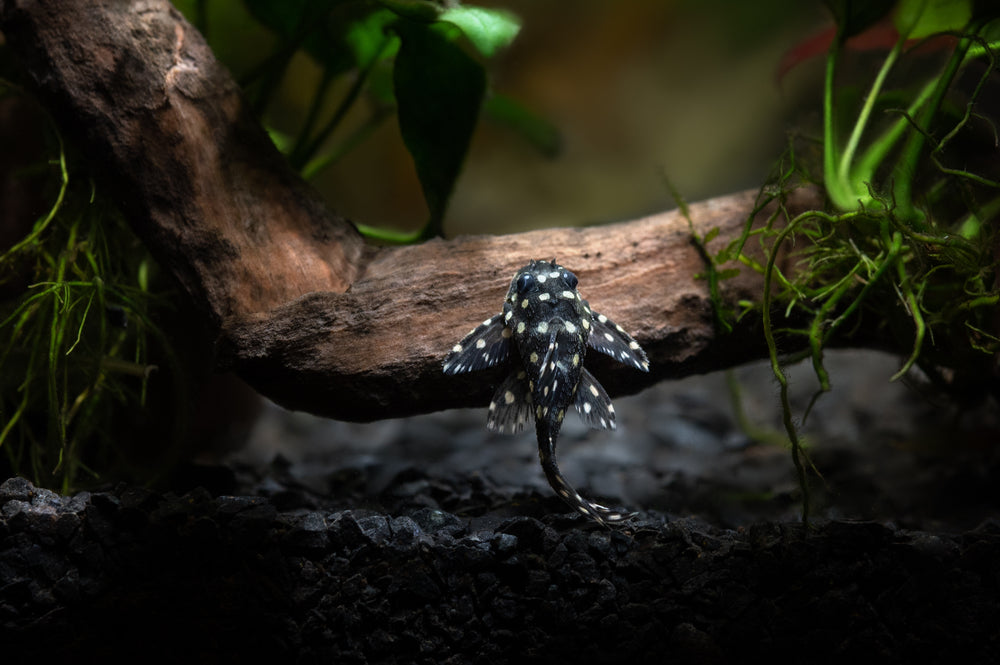
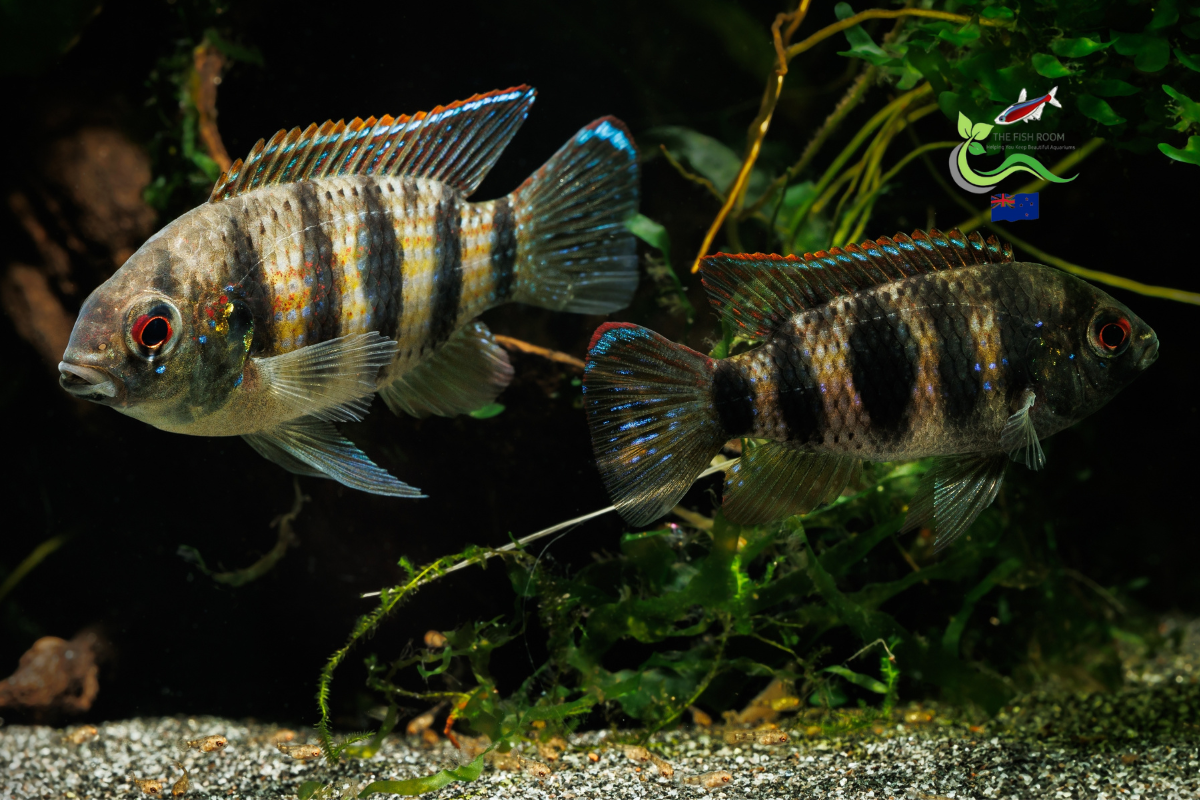
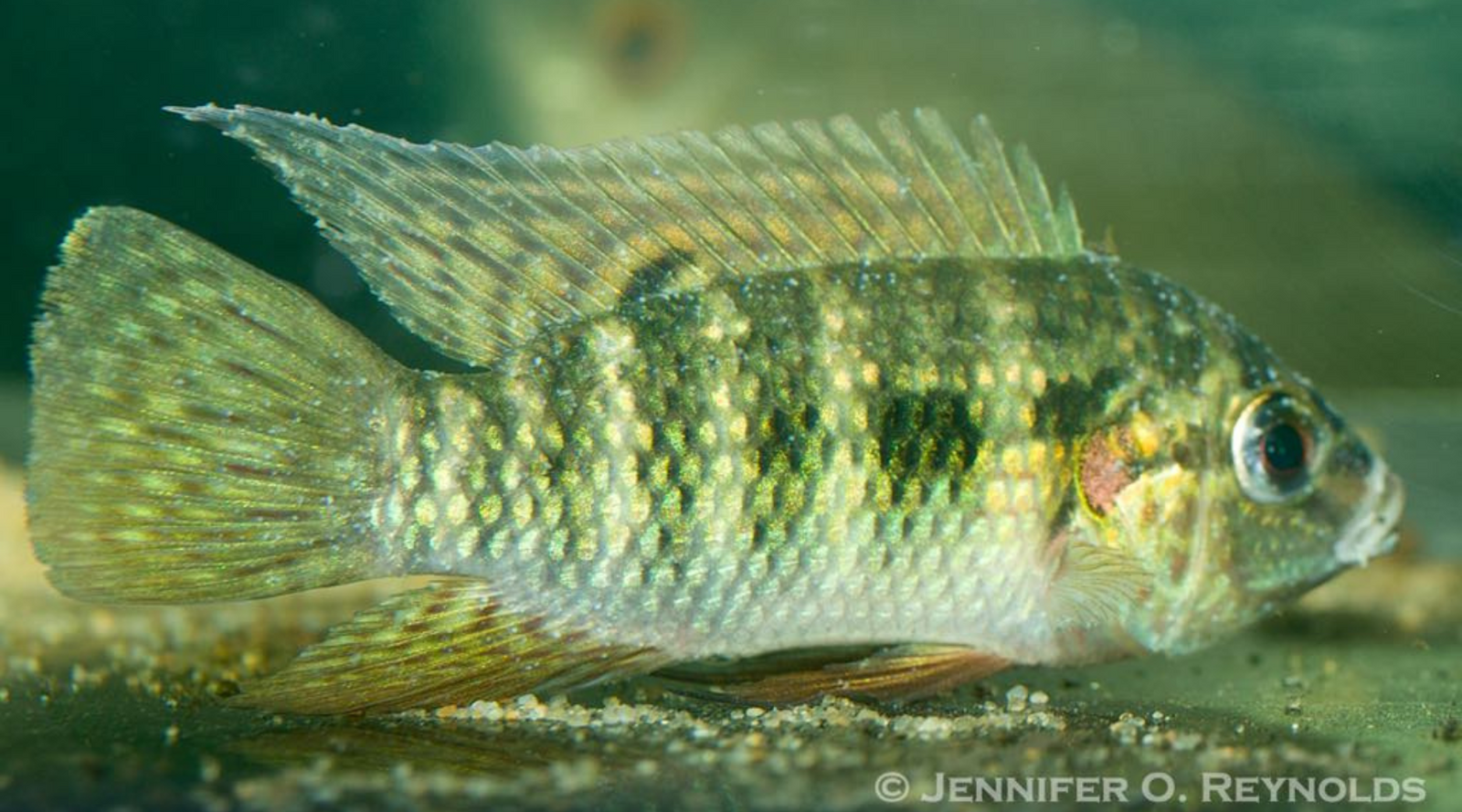
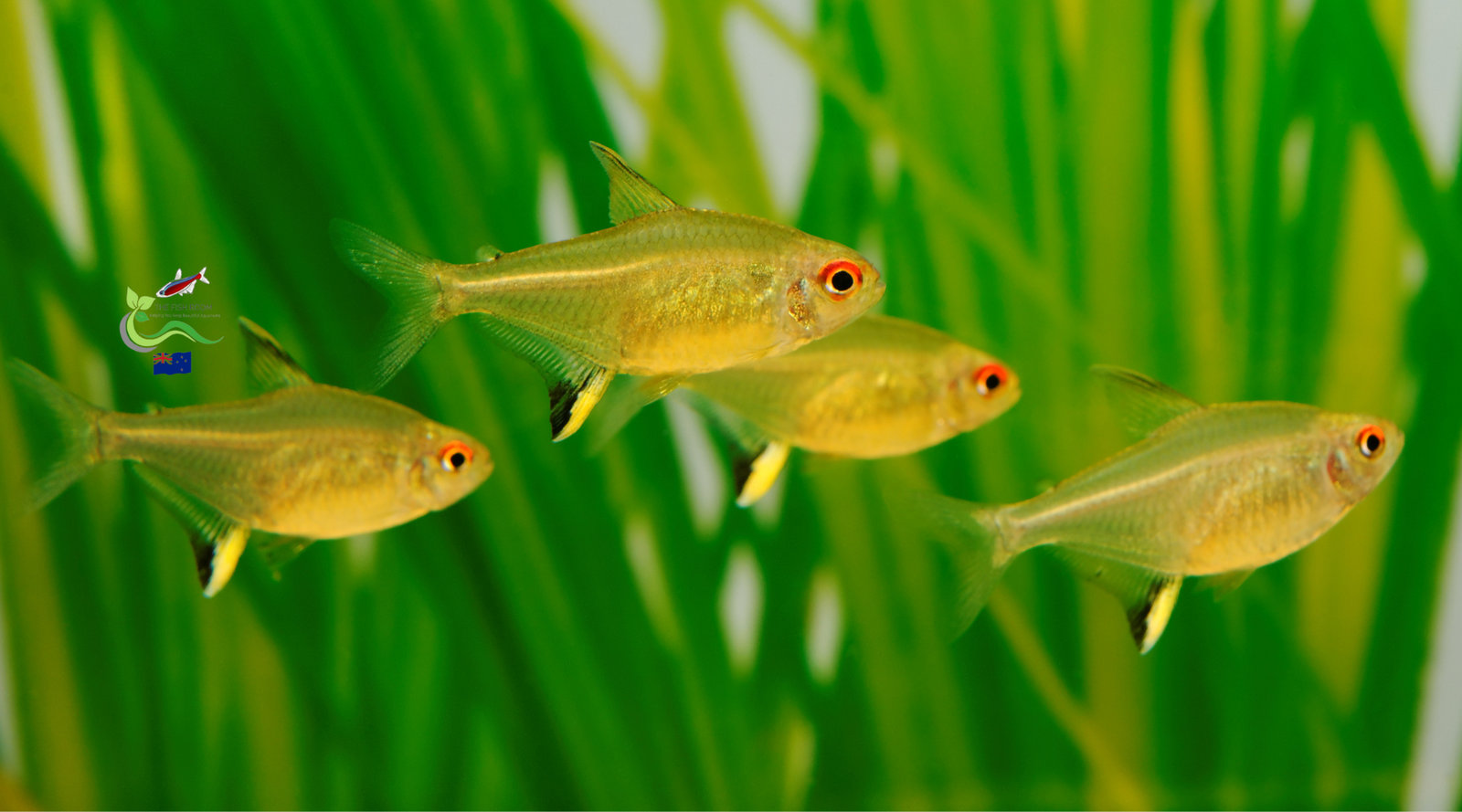
Leave a comment (all fields required)